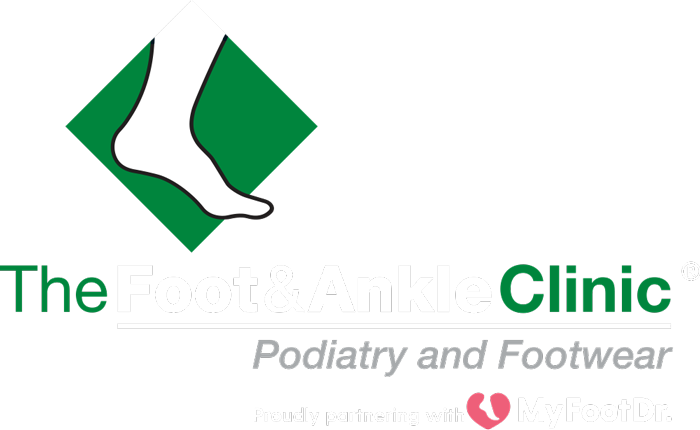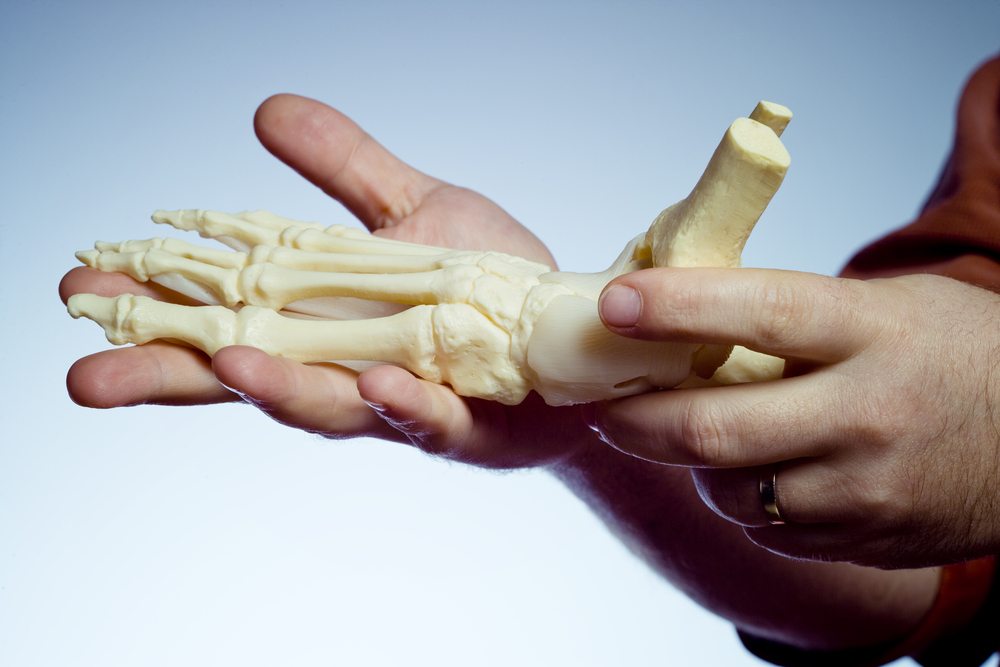Charcot’s Arthropathy – Neuropathic Foot
What is Charcot’s Arthropathy?
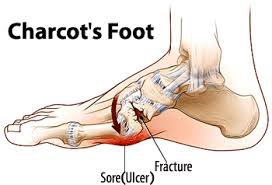 Charcot’s arthropathy is a complication of diabetic neuropathy. Due to the neuropathy, the bones in the foot become weakened and fractured without major trauma. As the patient notices little pain (a result of the neuropathy), he/she continues to walk on it. This leads to severe deformities of the foot, intractable ulceration, culminating in the need for amputation. It is therefore most important to make the diagnosis early at the acute phase of Charcot’s arthropathy because appropriate treatment at this stage can minimise deformities and reduce associated morbidity.
Charcot’s arthropathy is a complication of diabetic neuropathy. Due to the neuropathy, the bones in the foot become weakened and fractured without major trauma. As the patient notices little pain (a result of the neuropathy), he/she continues to walk on it. This leads to severe deformities of the foot, intractable ulceration, culminating in the need for amputation. It is therefore most important to make the diagnosis early at the acute phase of Charcot’s arthropathy because appropriate treatment at this stage can minimise deformities and reduce associated morbidity.
Diabetes and Charcot’s Arthropathy
Charcot’s arthropathy can affect both people with Type 1 or Type 2 diabetes. In the majority of cases only one foot is affected, however both feet can be affected over a period of years. Diabetes is usually long standing and diabetic neuropathy is always present and quite severe.
Typically, the foot suddenly becomes very swollen and warm to touch. The patient can recall no history of trauma or only a very minor episode (eg. twisted the ankle a few weeks ago). The first clue to the diagnosis is the disproportionate lack of pain. The second clue is the slowness of recovery. (i.e the swelling does not go away).
X-ray at this stage may be normal or show a minor fracture but may already show quite gross bone destruction.
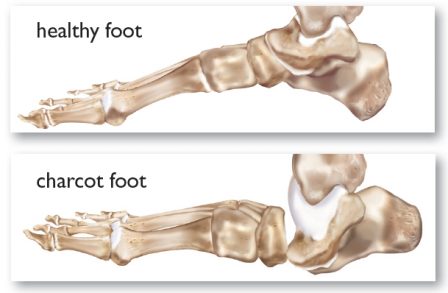
Prevention of further destruction and deformity of the foot at the acute phase is the primary goal of treatment. It is therefore essential to prevent the patient walking on the fragile bones until they have a chance to heal. The mainstay of current treatment is placing the foot in a well moulded contact cast or Cam Walker to relieve pressure and to preserve foot shape.
If treated early, the foot is not grossly deformed. Patients can avoid the need for specialist footwear and have a good chance of avoiding ulceration.
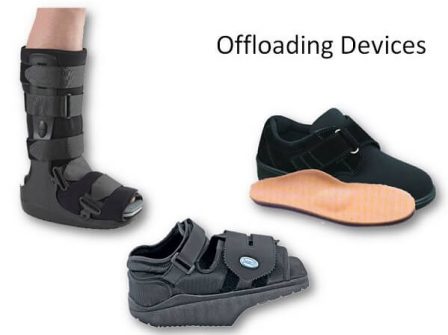
Untreated Charcot’s Arthropathy
If not treated early, the foot affected by Charcot’s arthropathy becomes very deformed and ulcer prone. Treatment at this stage is palliative and relies on special foot wear, regular podiatry treatment and limitation of activities. Amputation is sometimes required because of intractable ulceration. Therefore, diagnosing Charcot’s arthropathy at the acute stage of a “swollen foot” is essential and limb saving.
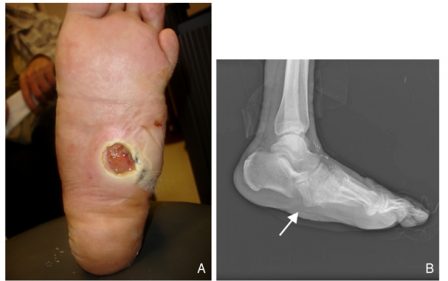
Podiatrists at The Foot and Ankle Clinic have vast experience in diagnosing and treating Charcot’s Arthropathy and typically this treatment is very successful but involves a multifactorial approach.
At the Foot and Ankle Clinic our highly qualified team of Podiatrists are all members of the Australian Podiatry Association and offer a combined 50 years’ experience. They are trained to diagnose and effectively treat Charcot’s arthropathy via a range of treatments.
Put your feet in our hands! See us today in Chadstone, East Bentleigh, Moe, Sale, Traralgon, Warragul & Online Store and Retail Enquiries. NO REFERRAL NEEDED!.
